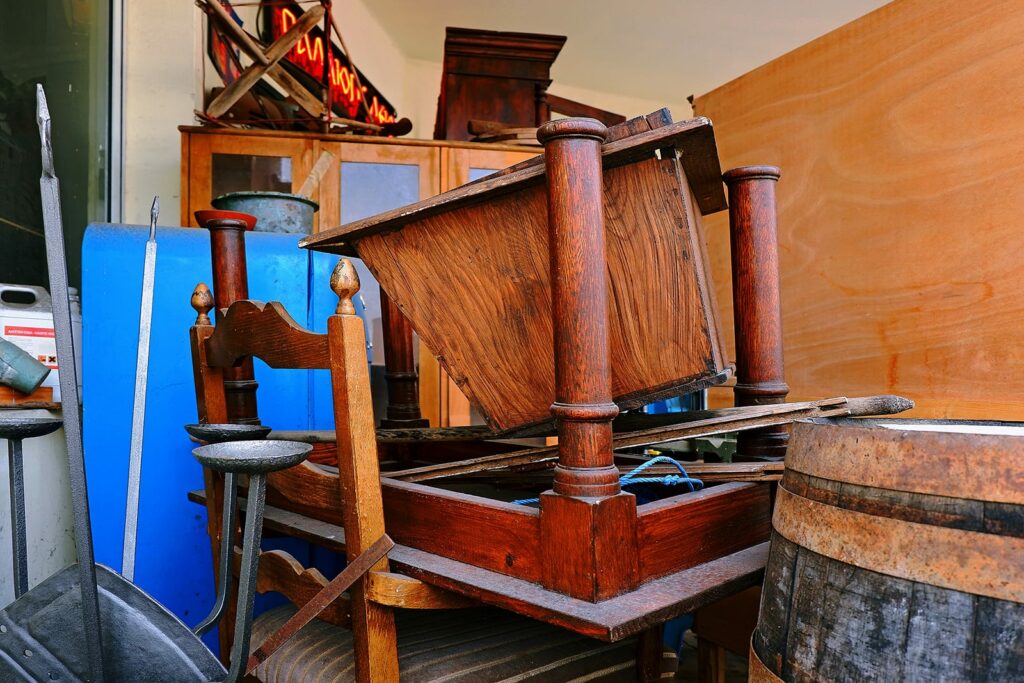
Contents
There are many things that you can do to protect your home from the elements outside. Your roof, windows, doors, gutters, and siding are all there to keep the harshest weather from affecting you and your family indoors. No matter how well you can defend against the storms outside, it is much harder to defend against the “silent destroyers” from within — termites.
Termites are called the silent destroyers for very good reasons. Around 600,000 homes each year are affected by termites, and can cost American property owners more than $5 billion total. In these homes, termites have chewed through wood, flooring, and even wallpaper undetected.
Populations of termites become more active as the season changes and the ground warms up, and they will send out a reconnaissance team made up of swarmers to find new homes to invade. They are called swarmers because of their wings, with a similar appearance to a flying ant. If you discover a swarmer in your home, it could be an early sign that there are more termites beneath the surface.
The most common type of termite found in Michigan is the subterranean termite. Colonies of these termites comprise up to 2 million members and are primarily found underground, but might also appear in moist, secluded areas above ground. To protect themselves from open air, subterranean termites will build mud tubes to help gain access to their food sources.
Another termite that can be found in Michigan, although it is not native to the state, is the drywood termite. As opposed to the subterranean termite, the drywood termite will often establish its nest in roof materials or wooden wall supports. They can also infest dead wood that could be around your house before a possible transition toward your home.
During the spring months between March and May, termites will begin their swarming habits to look for a new residence. The earlier you see the signs of a possible termite infestation, the better.
Many homeowners can often overlook ways that you can identify a potential problem of termites because they sometimes don’t recognize what they should look for. Around the exterior of your house, look for mud tubes, darkened or blistered wooden structures, or discarded wings near doors or windows. Those wings are indicators that swarmers have entered the home.
Inside, look for uneven or bubbling paint, small piles of feces that look similar to sawdust, or softwood in the home that sounds hollow when tapped. As these may be signs that there are already termites in your home, it’s not too late and you can still call a pest control professional.
To better identify whether you have termites or damage from termites, call Van Den Berge Pest Control at 616-392-7367 for a professional pest inspection. Termites do more damage to homes annually than floods, storms, and fires combined, so it is just as important to keep the inside of your home safe just as you do with the outside.
Trust the locally owned, widely renowned experts at Van Den Berge Pest Control for all of your pest needs. With over 100 years of combined experience throughout the Holland, MI-based pest control team, you know you’re in good hands with our state-certified experts.
Recent Posts
5 Tips for Evaluating Termite Treatment Costs
When it comes to evaluating termite treatment costs, you need a strategic approach. Understanding the
Comparing Termite Treatment Costs: A How-To Guide
When you’re faced with a termite infestation, understanding treatment costs is vital for effective management.
Understanding Exterminator Costs for Mosquito Control
Imagine you own a large backyard and decide to hire a mosquito exterminator. You might
